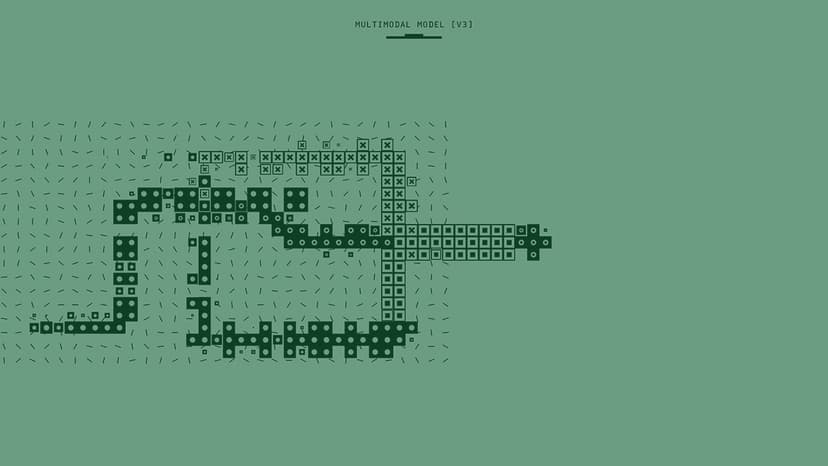Understanding and Implementing Recursion in Python
Recursion is one of the fundamental concepts in computer science and programming, yet it can be a bit daunting for beginners to grasp. In this article, we will delve into the world of recursion and explore how it can be implemented effectively in Python.
What is Recursion?
Recursion is a programming technique where a function calls itself in order to solve a problem. It is a powerful and elegant way to solve complex problems by breaking them down into smaller, more manageable subproblems. The concept can be a bit mind-bending at first, but with practice, it becomes a valuable skill in a programmer's toolkit.
At its core, recursion can be thought of as a function that solves a small part of the problem and then calls itself to solve the remaining part. This process continues until a base case is reached, at which point the function stops calling itself and returns a result. The base case is crucial as it prevents the function from calling itself indefinitely, leading to a stack overflow.
Understanding the Structure of Recursive Functions
To better understand how recursion works, let's explore a simple example of a recursive function to calculate the factorial of a number. The factorial of a non-negative integer n is denoted as n! and is defined as the product of all positive integers up to n.
Python
In the above code snippet, the factorial function calculates the factorial of a number using recursion. When the function is called with a value of n, it first checks if n is equal to 0. If it is, the base case is triggered, and the function returns 1. Otherwise, the function calls itself with the argument n - 1 and multiplies the result by n. This process continues until the base case is reached.
Benefits of Recursion
Recursion offers several benefits when solving certain types of problems. One of the key advantages is its ability to break down complex problems into smaller, more manageable subproblems. This can lead to cleaner and more concise code that is easier to understand and maintain.
Additionally, recursion can often provide a more elegant solution compared to iterative approaches. It allows you to express the solution to a problem in a more intuitive and natural way, especially for tasks that exhibit a recursive structure, such as traversing trees or graphs.
Handling Recursion Limits
While recursion is a powerful tool, it is essential to be mindful of recursion limits, especially in languages like Python that have a relatively low recursion limit. If the depth of recursion exceeds the system's limit, it can lead to a RecursionError. To mitigate this, you can increase the recursion limit using the sys module, although it is advisable to refactor the code to be more efficient if recursion depths become excessive.
Python
Recursion vs. Iteration
Recursion and iteration are two common programming techniques used to solve problems. While both approaches have their strengths and weaknesses, recursion excels in scenarios where the problem can be naturally divided into smaller subproblems. Iteration, on the other hand, is often preferred for tasks that require sequential processing or are more straightforward to express using loops.
When deciding between recursion and iteration, consider the nature of the problem at hand and choose the approach that best suits the problem's structure and requirements. In many cases, a combination of both techniques can be used to achieve an optimal solution.
Practical Examples of Recursion
To better illustrate the power of recursion, let's look at a few practical examples where recursion shines:
-
Fibonacci Sequence: The Fibonacci sequence is a classic example of recursion, where each number in the sequence is the sum of the two preceding numbers. By defining a recursive function to calculate the Fibonacci numbers, you can elegantly solve this problem.
-
Tree Traversal: Traversing a tree data structure is a common use case for recursion. By recursively visiting each node in the tree, you can perform operations such as searching, inserting, or deleting nodes efficiently.
-
Maze Solving: Recursion can be used to solve maze problems by exploring possible paths and backtracking when a dead end is reached. This recursive backtracking approach is a powerful technique for solving a variety of maze puzzles.
By understanding how recursion works and practicing its application in various scenarios, you can harness its full potential to solve complex problems elegantly and efficiently.
Recursion is a valuable programming technique that allows you to solve complex problems by breaking them down into smaller, more manageable subproblems. By mastering the concepts of recursion and practicing its implementation in Python, you can elevate your problem-solving skills and tackle a wide range of challenges in the world of programming.
So go ahead, experiment with recursion, and unlock its creative possibilities in your coding journey. Happy coding!












